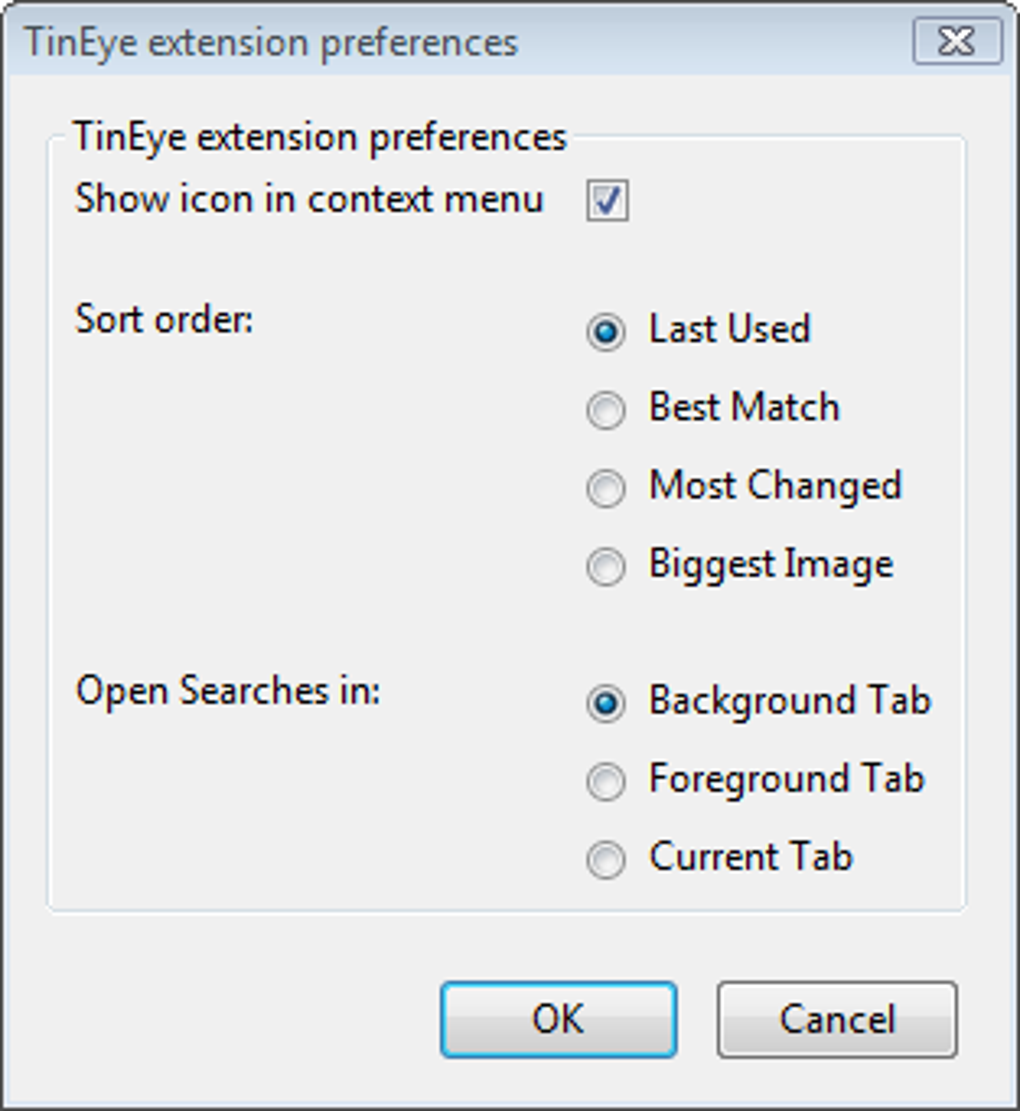
The freely available online reverse image search tools are easy to use and can quickly debunk a manipulated image or it being placed out of context.įree and accessible tools you can use to check images It is fair to say that the original image was altered between the two dates, just two days apart. Is this a case of misspelling of “Sharia” by the banner makers, or a mischievous use of image manipulation?Īfter submitting the image URL using the Reveye plugin, Yandex produced a result that pointed not only to an earlier occurrence - a tweet published on 1 August 2020 - but an even earlier posting with the phrase, “No Sharia in Ireland”, dated 30 July 2020. On 20 July 2021, a tweet was published that included an image of three men holding a banner with the phrase, “No Shania in Ireland”.

Here’s a worked example of how we checked an image that was widely shared. a different time and/or place) in misleading ways. We also see them used out of context (e.g. At FactCheckNI we often see them reappear some time later because of a renewed interest in the topic that the image is associated with. Images are a quick, easy, and shareable way to communicate a message online. As fact checkers these are often our “go to” tools when considering an image.
There are many online search engines and tools which will point to the origins of images you see on social media channels and elsewhere on the web. This can help stop the spread of misinformation/disinformation. Take a brief moment to check viral images online before you share them.


 0 kommentar(er)
0 kommentar(er)
